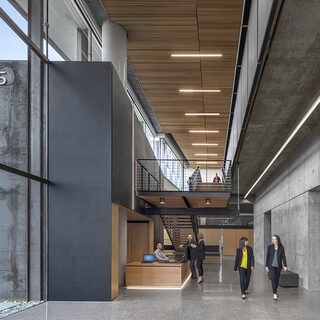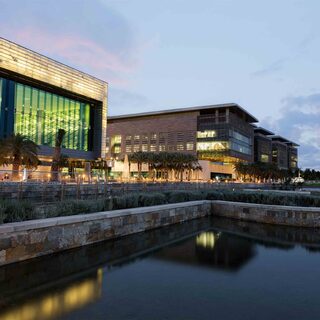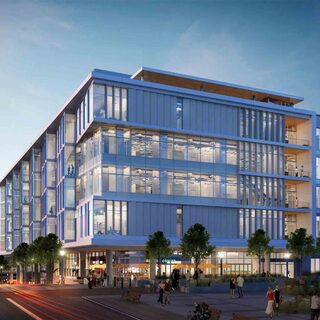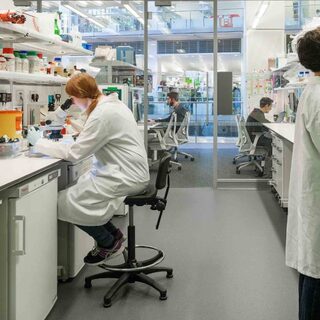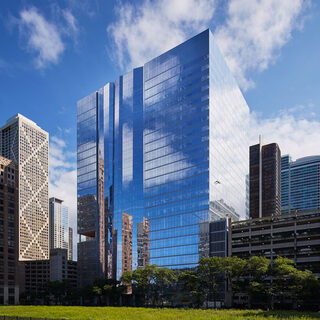Tradeline's industry reports are a must-read resource for those involved in facilities planning and management. Reports include management case studies, current and in-depth project profiles, and editorials on the latest facilities management issues.
Latest Reports
Biomedical Sciences Partnership Building (BSPB)
The 10-story University of Arizona Biomedical Sciences Partnership Building (BSPB), the tallest addition to the 28-acre Phoenix Biomedical Campus, allows academic research scientists to collaborate with local healthcare providers and private companies to find new medical cures and treatments. BSPB is organized to encourage collegiality, collaboration, and customization. The building was programmed and planned before the occupants were selected, so the floor plates were organized in a general framework of labs, support spaces, and offices. The adaptable plan and utility distribution backbone was designed to easily modify to suit different types and scales of interdisciplinary research on the same floor, including computational, instrumentational, and cellular and molecular research. A multi-purpose translational core facility opens to the main lobby and is available to outside clinical and industry research partners.
KAUST Uses “One Lab” Concept to Further Education and Research
The Core Labs at King Abdullah University of Science and Technology (KAUST) in Saudi Arabia are run as a centrally governed “one lab” facility. In addition to successfully providing state-of-the-art equipment, training, and services to students, researchers, faculty, staff, industry partners, and collaborators, the core labs extend their services to external users, such as government organizations, research institutes, and other universities. By centralizing the business operations of 10 specialized labs, the model fosters collaboration, rationalizes necessary square footage, improves access to equipment and services, and eliminates duplication of resources, thus enhancing overall efficiency and reducing expenditures.
OHSU Knight Cancer Institute Offers Team Science Approach to Early Detection Research
The Knight Cancer Institute at the Oregon Health and Science University (OHSU) is designed for the researchers of the future: up-and-coming scientists who prefer a streamlined, team approach to research, rather than being trapped by organizational limitations; a collaborative, not leader-driven, environment; and technology-enabled methods and workspaces. The intention is to foster multidisciplinary interaction in flexible spaces, as they pursue innovative solutions for cancer research.
‘Discovery Without Boundaries’ at the Francis Crick Institute
The Francis Crick Institute (informally known as “the Crick”) is one of the world’s largest dedicated biomedical research centers. Its formal agenda is “to discover the basic biology underlying human health, improving the treatment, diagnosis, and prevention of disease, and generating economic opportunities for the UK.” Achieving this agenda has required some unusual architectural strategies, centered on the notion of “discovery without boundaries”—boundaries between scientific disciplines, institutions, laboratories, and individual researchers—which lies at the heart of the Crick’s culture.
Redefining Translational Medicine by Integrating Research, Engineering, and Clinical Care
Chicago’s newly opened Shirley Ryan AbilityLab is the world’s first translational research hospital where scientists, engineers, technologists, and clinicians work collaboratively with thousands of patients going through intensive post-traumatic and disease-related functional rehabilitation. This unique integrated model dramatically shortens the amount of time between research innovations and practical clinical applications.

